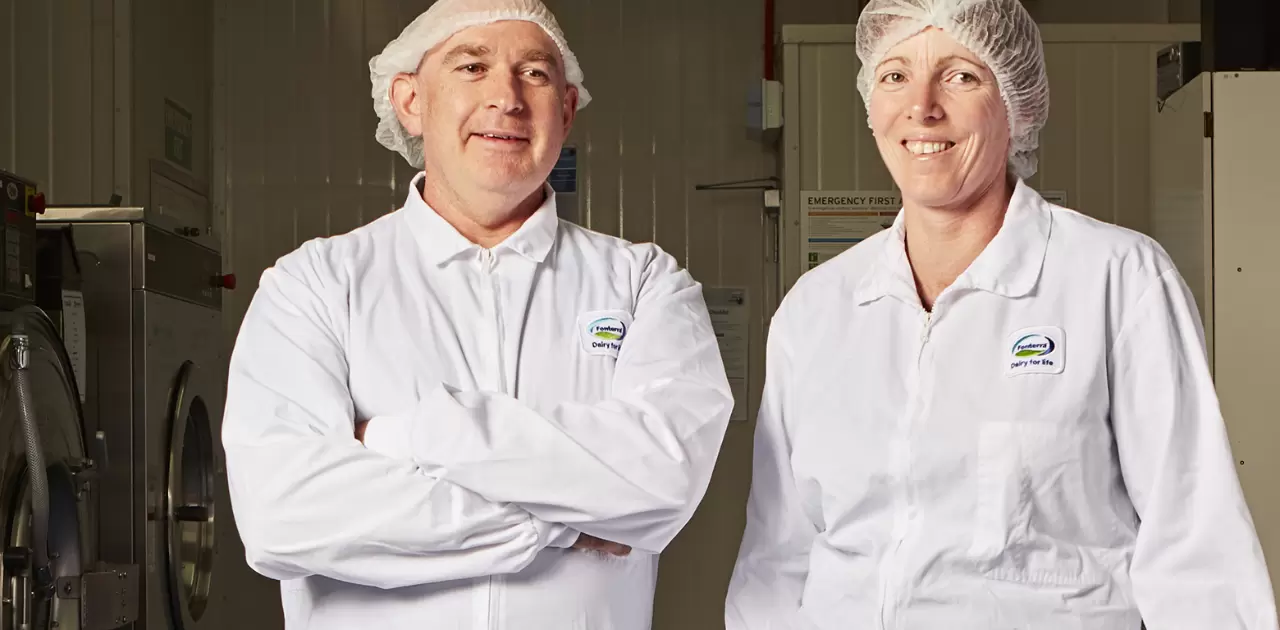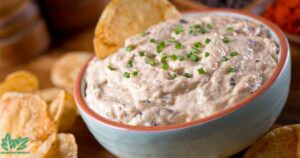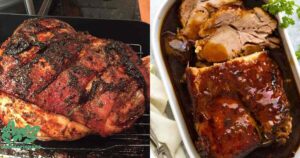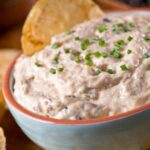The food industry is a paradox because while people are essential for its operation, they also represent a major source of potential contamination.
Employees are crucial assets, handling various stages of food production, but their presence introduces risks like physical contaminants (skin flakes, hair) and microbial pathogens.
Protective clothing plays a critical role in managing this paradox.By effectively addressing both the asset and liability aspects of human involvement, the food industry can maintain high standards of safety and quality.
WORKWEAR PROVIDES EMPLOYEE SAFETY
The food industry guides the basic protective garments needed for your employees.
- Protective clothing shields employees from physical and microbial hazards
- Regulations require headcovers, overalls, gloves, and non-slip footwear.
- Proper workwear reduces the risk of accidents and contamination
- Ensuring safety gear is worn correctly enhances overall workplace safety.
Read more this: When Do Puppies Start Eating Food And Drinking Water
STAFF UNIFORMS PREVENT CROSS-CONTAMINATION

In the food industry, staff uniforms play a vital role in preventing cross-contamination. By providing a physical barrier between employees and food products, uniforms help minimize the risk of transferring contaminants
This is crucial for maintaining hygiene standards and ensuring the safety of the final product.Uniforms should be designed to withstand the rigors of food handling while remaining comfortable for employees to wear throughout their shifts
Workwear Establishes Internal systems And Controls
Workwear in the food industry serves as more than just protective clothing. It also establishes internal systems and controls within the workplace.
Color-coded uniforms can be used to differentiate between different departments or levels of responsibility. This visual cue not only facilitates efficient communication and coordination but also reinforces internal safety systems.
Staff Uniforms Create A Company Or Brand Reputation
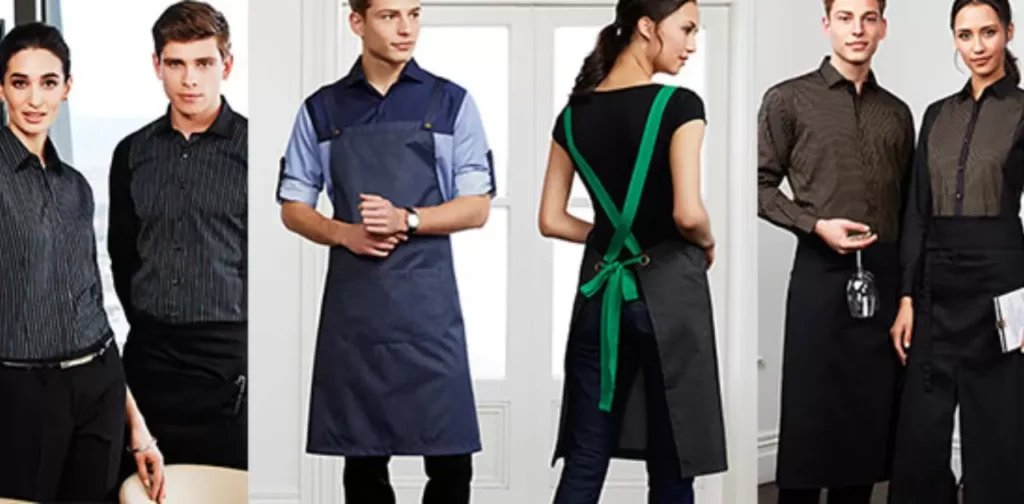
Well-designed and maintained uniforms contribute to a positive reputation by conveying professionalism, cleanliness, and attention to detail. Customers often perceive businesses with cohesive and attractive uniforms as more trustworthy and reliable.
Branded uniforms help to establish a sense of consistency and cohesion among employees, reinforcing the company’s brand image. By incorporating logos and brand colors into uniforms, businesses can enhance brand visibility and promote recognition among customers.
Also read this: How Much Wet Food To Feed A Cat?
How To Decide The Type Of Uniforms You Need?
There are many types of Uniform that you need but some are given below:
Assess The Risk Level Involved
Assessing the risk levels involved in food handling tasks is essential for determining the appropriate protective workwear needed to maintain hygiene and safety standards. Here is a detailed breakdown along with bullet points:
- Preparing ready-to-eat foods
- Handling allergens
- Handling packaged foods
- Working in administrative roles
- Performing routine cleaning tasks
High-Risk Jobs: Identify high-risk jobs within the food handling process that require extra attention and protective measures.
Low-Risk Jobs: Recognize low-risk jobs where the risk of contamination is minimal and where simpler protective measures may suffice.
Be Aware Of Uniform Requirements In The Food Industry
Prioritize safety regulations to avoid potential risks in the food industry. Familiarize yourself with essential protective coverings and when to provide them, ensuring compliance with industry standards. Refresh your knowledge of requirements before sourcing uniforms for your staff to maintain a safe working environment.
- Hair Nets: Essential for preventing hair from falling into food during preparation or handling.
- Mop Hats: Provide coverage for longer hair especially in environments where hair nets may not be sufficient.
- Disposable Paper Hats: Ideal for short-term use or in environments where frequent changes are required for hygiene purposes.
- Facial Hair Coverings: Beard snoods or masks prevent facial hair from contaminating food, ensuring cleanliness and adherence to hygiene standards.
- Regular Training: Educate staff on the importance of wearing head coverings and the proper techniques for their use to maintain food safety protocols.
Overalls
Overalls are one-piece garments worn to provide full-body coverage and protection in various industries including the food industry. They safeguard clothing from spills stains and contamination ensuring hygiene standards are maintained.
Overalls come in different styles such as full-body coveralls for extensive protection and aprons for partial coverage offering flexibility and comfort for workers while performing their tasks.
Footwear
Footwear in industries serves multiple purposes beyond mere comfort and style. In sectors like construction manufacturing and food processing, appropriate footwear is crucial for safety and hygiene.
steel-toed boots provide protection against heavy objects or machinery safeguarding workers from potential injuries. In the food industry specifically footwear is often color coded for different departments ensuring compliance with hygiene standards and preventing cross contamination
Gloves
Gloves are indispensable in various industries serving to protect workers’ hands from hazards and maintain hygiene standards. In healthcare settings, disposable gloves prevent the spread of infections and ensure patient safety during medical procedures
Disposable gloves are used to prevent the spread of infections and maintain hygiene standards during medical procedures Heavy-duty gloves protect hands from sharp objects, chemicals and abrasive materials reducing the risk of injuries in industrial settings
Food-grade gloves are essential for maintaining food safety preventing contamination and ensuring hygiene standards are met when handling raw or ready to eat product Gloves are widely used across various industries to protect workers hands from hazards promote safety and maintain overall well being in the workplace.
Regulatory Compliance
Ensure that uniform designs adhere to industry regulations and standards to maintain safety and hygiene protocols in the workplace.
Branding Opportunities
Utilize uniform designs as an opportunity for branding by incorporating company logos and colors, enhancing brand visibility and fostering a sense of unity among employees.
Employee Feedback
Solicit input from employees regarding uniform design preferences and functionality requirements to ensure that their needs and preferences are considered in the design process.
Adaptability
Design uniforms that can easily adapt to different work environments and tasks, allowing employees to transition seamlessly between various roles within the organization.
Frequently Asked Questions
What factors should I consider when selecting a food industry uniform vendor?
Consider factors such as vendor experience, reputation compliance with industry regulations, customization options and the quality of their products and services.
How can I ensure the uniforms provided meet hygiene standards?
Look for vendors that adhere to strict laundering protocols, including using antimicrobial treatments and following HACCP guidelines to ensure cleanliness and hygiene.
Can the vendor accommodate specific branding requirements for my business?
Yes, reputable vendors offer customization options, including adding logos, choosing colors, and selecting styles that align with your brand identity.
What is the process for ordering, delivery, and maintenance of uniforms?
The vendor should have a streamlined process for ordering, delivery, and ongoing maintenance of uniforms, including options for repairs, replacements, and regular laundering.
Are there any testimonials or references available from other businesses in the industry?
Ask the vendor for references or seek out testimonials from other businesses in the food industry that have used their services to gauge their reliability and customer satisfaction.
Conclusion
Selecting the best food industry workwear in New Zealand is vital for maintaining safety and hygiene standards in the workplace. It is essential to choose workwear that complies with industry regulations offers customization options and uses high quality durable materials to withstand the demands of food handling environments
Reputable vendors in New Zealand provide workwear that prioritizes functionality comfort and cleanliness ensuring employees can perform their tasks effectively while adhering to strict hygiene protocols.
With a focus on compliance customization and quality businesses can trust their chosen workwear to meet the unique needs of the food industry in New Zealand.

Ethan Henry with 8 years of expertise in bamboo, excels in sustainable design, construction and product development. His passion for eco-friendly solutions has driven innovative advancements in bamboo-based industries.
